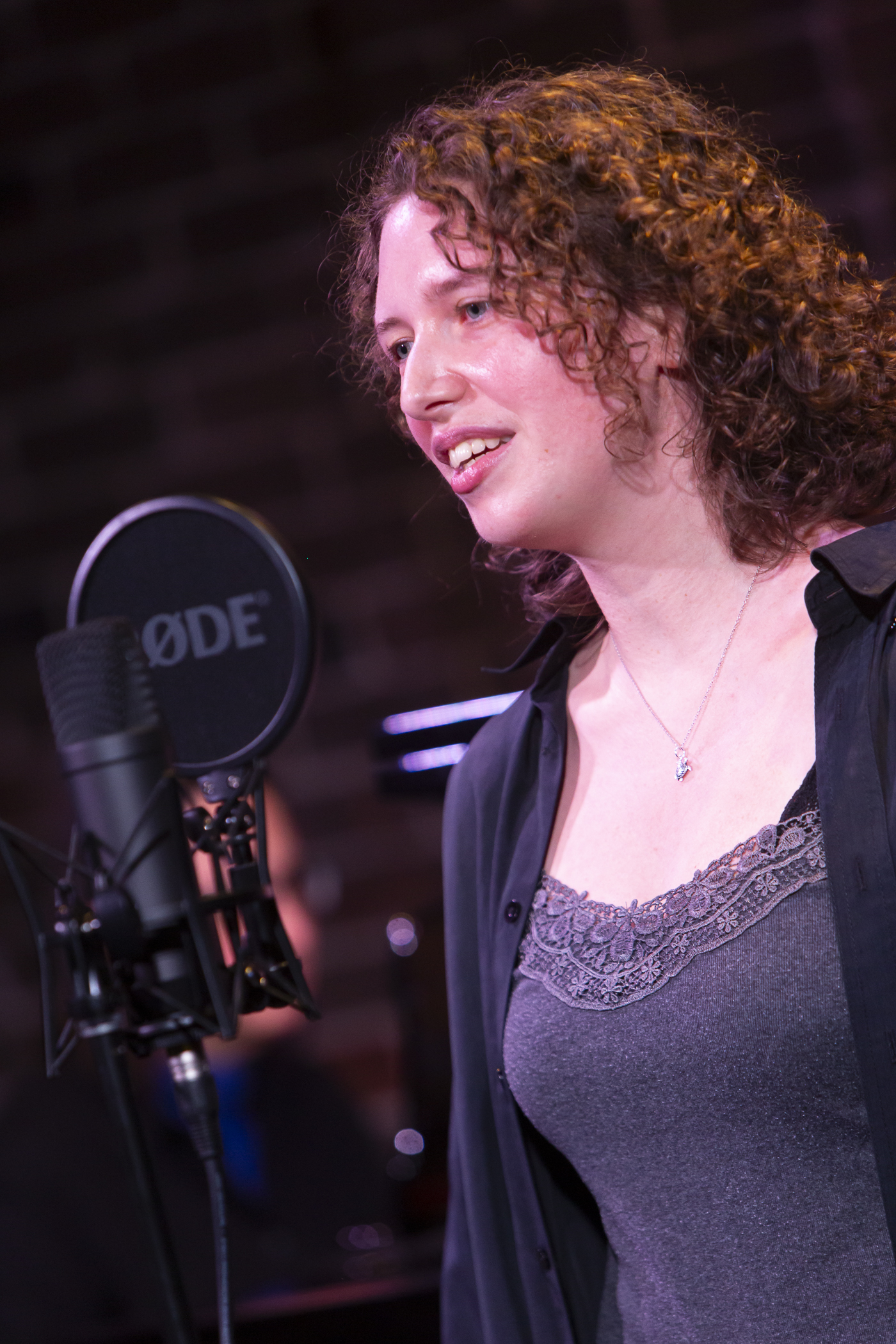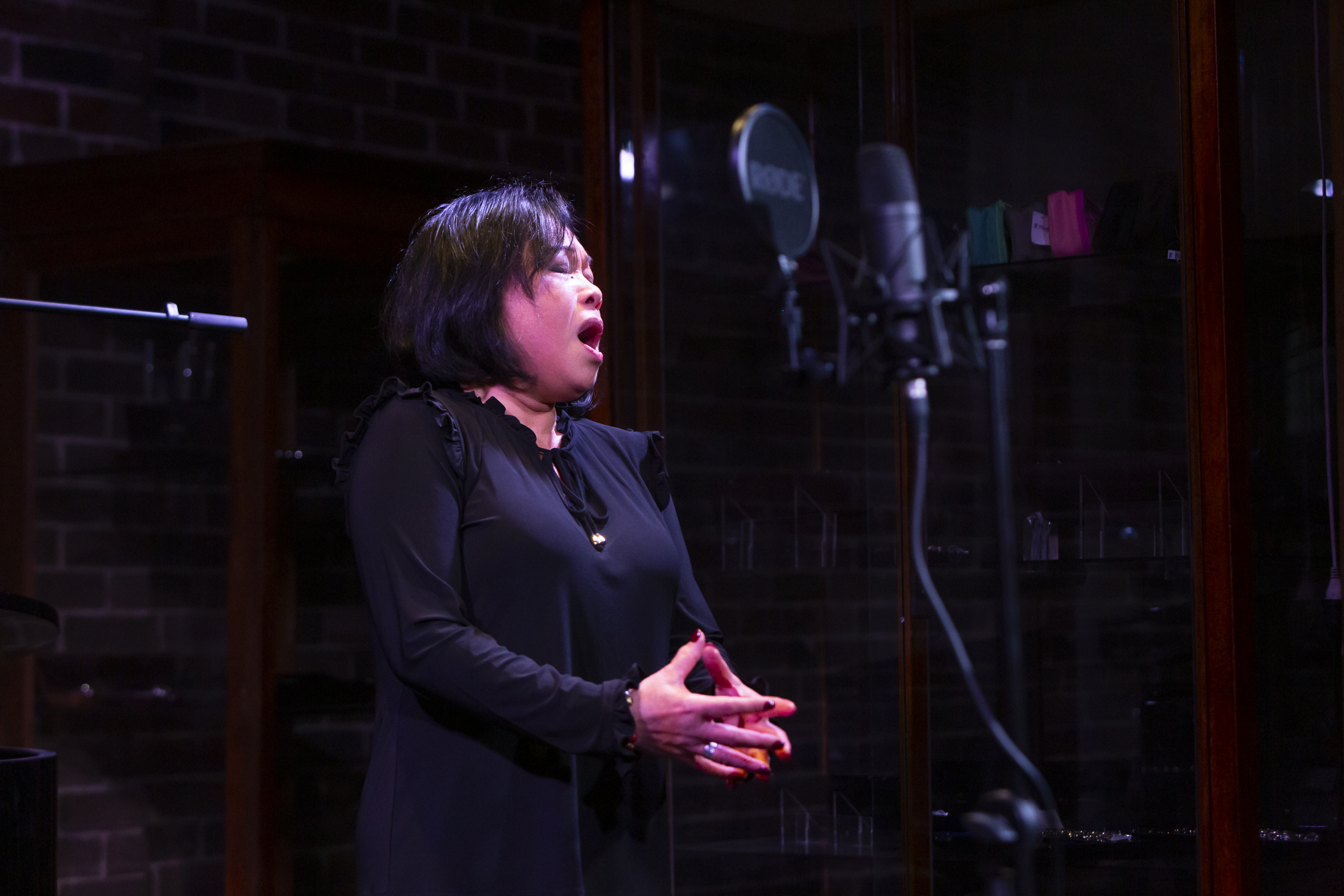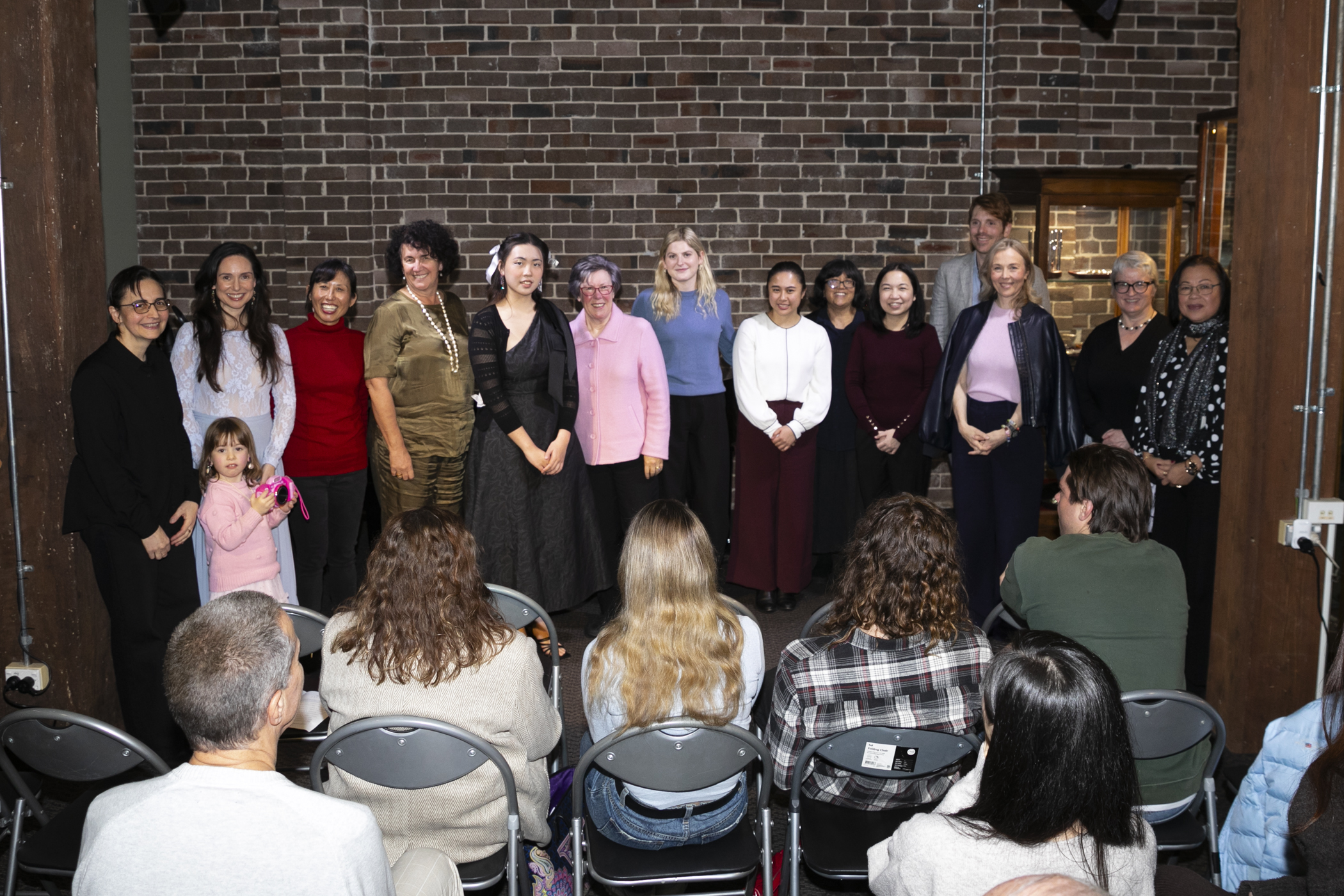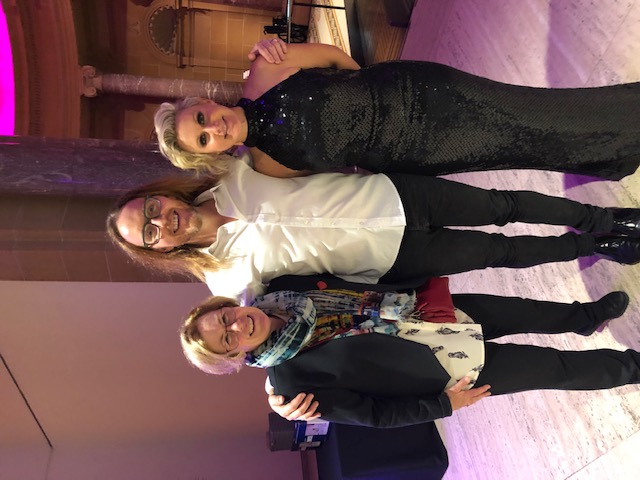Why you need to work UP to singing the songs you love
As much as you might love belting Beyoncé songs, you can’t expect to nail them on first go. It’s a bit like thinking you can take on Tiger Woods after a couple of golf lessons.
What I mean is there’s so much work in making singing seem effortless! Of course, you want to sing songs you love, because it brings you, and others, joy. But as you learn good vocal technique with a singing teacher, it helps to trust the songs we suggest, because we know best what suits your experience level, and what will develop your singing skills. The challenge is to keep showing up. Practice over and over will improve your technical skills and your ability to take on harder songs.
There are certain criteria a singing teacher considers when assigning a song to a beginner, intermediate, or advanced singer:
Musical challenges and devices: such as interval span, rhythmic patterns, and whether the accompaniment helps the singer or creates too big a gap between their skill and the accompaniment. If the singer still needs time on musical security, chromatic passages or dissonances are not helpful. The singer must also learn to use staccato and legato devices to enhance a song’s demands.
Artistic demands: Does the singer emotionally connect to the song? Does the character or story line speak to the singers’ life experience? Can the singer use articulation well to tell the story while supporting a breath flow? Can the singer flow the lyrics seamlessly rather than in a spoken, clipped manner?
In our singing studio, I use these criteria to assign certain songs a singer can manage with their current skills, before moving on to a more challenging song. I also use vocalise (short songs made up of vowel and consonants) to finesse these skills.
In a previous blog post, I looked at how certain Stephen Sondheim songs help singers of all levels, and it was recently re-published by ANATS, The Australian National Association of Teachers of Singing. As the peak professional association for Australian singing teachers, I’m delighted my article has been shared even more widely!

Nick performing at our 2024 Studio Concert
This time, we’re looking at songs I currently teach in the studio, and why I choose them to suit a particular skill level:
Beginner
God Bless The Child (Billie Holiday, Arthur Herzog Jr), mid 20Th Century
This is good for beginners because it has small, step-wise moves – intervals of only thirds or minor thirds. The range is limited, from F3 – C5. Artistically, it requires the singer to understand the story of tension between a mother and daughter during The Depression, when money was tight.
Linden Lea (Ralph Vaughan Williams), Classical
Sung in F major, the range of this song is limited to C4 – D5. It is a strophic song, meaning the three verses use the same musical pattern, but include different dynamic and character styles, so the singer can explore a range of interpretations. It uses simple scale-like patterns and intervals limited to thirds and fourths. The accompaniment mostly follows the melody line; but the end of each verse requires the singer and pianist to collaborate about where breathing takes place, to make poetic and grammatical sense. The singer needs clear articulation so each tiny story is understood.
Intermediate

Aleks performing at our 2024 Studio Concert
Takin’ A Chance on Love (Vernon Duke), 20th Century Standard/Jazz.
Sung in C major, this song requires a well-blended range. Intervals of a sixth and seventh suddenly jump out within the phrase and need care to not become sharp and overly loud. Otherwise, the intervals of seconds need precise, clearly articulated words, and an ability to flow words in the phrase. Chromatic passages need the singer to precisely and distinctly sing without muddy pitching. The final phrase needs a well-blended head and middle voice.
Advanced
The Last Rose of Summer (Benjamin Britten), Classical
This challenging song generally sits high in a singer’s range and requires advanced musical skills. In E flat, the song doesn’t change key or have transitional key moments, but the accompaniment often rhythmically and harmonically opposes the singer’s line. Balancing its sometimes spare, sometimes heavy feel with the light Irish folk song needs a deep collaboration between pianist and singer. Intervals can be wide, but there are several quick scale moments which need vocal lightness. A clear, supported, bell-like head voice is needed, with a balanced middle/head voice blend.
Defying Gravity (Stephen Schwartz), Music Theatre
This most challenging song suits a singer with secure ability in chest and head voice. With many key changes and various tempos throughout, a singer needs to work through them and connect emotionally to the changes to keep the story moving. The song uses very wide intervals, which require precise articulation to ensure the listener is carried along with the character, Elphaba’s thought process. The singer needs highly developed breath control to balance the demands of chattiness at the start with long upper register phrases towards the end. The accompaniment can be spare in parts and thick and chordal in others, so the singer needs to sing these phrases with courage and certainty.
Singers of varied genres, styles and abilities work with me; all seeking solid technique to sing their chosen style well, and to confidently perform with ease and versatility.
Browse the studio’s in-person or online lesson packages for one that suits you. Or call 0402 409 106 to enquire.




